Gout is a form of arthritis caused by excess uric acid in the bloodstream, leading to painful flare-ups in the joints. While certain foods can trigger gout attacks, others can help manage and reduce the risk of flare-ups. Here are some gout-friendly foods that may improve your condition and help keep uric acid levels in check.
1. Low-Fat Dairy Products
Studies suggest that low-fat dairy products may lower the risk of gout by reducing uric acid levels in the body. Options such as low-fat milk, yogurt, and cheese can be excellent additions to a gout-friendly diet. Research indicates that the proteins in dairy products help excrete uric acid through the kidneys, reducing the risk of flare-ups (Dalbeth et al., 2017).
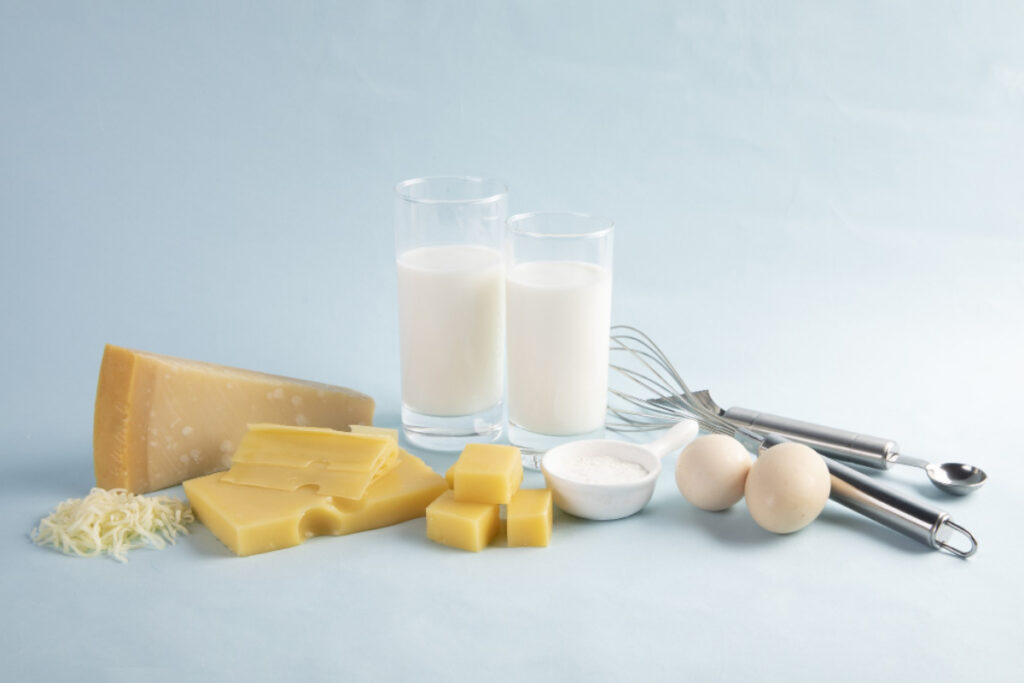
2. Vegetables – Even High-Purine Ones
All vegetables are generally safe for people with gout. Even those with a higher purine content, such as asparagus and spinach, can be consumed in moderation without significantly increasing uric acid levels (Zhu et al., 2012). Including a variety of vegetables in your diet ensures you get essential nutrients without worrying about gout flare-ups.
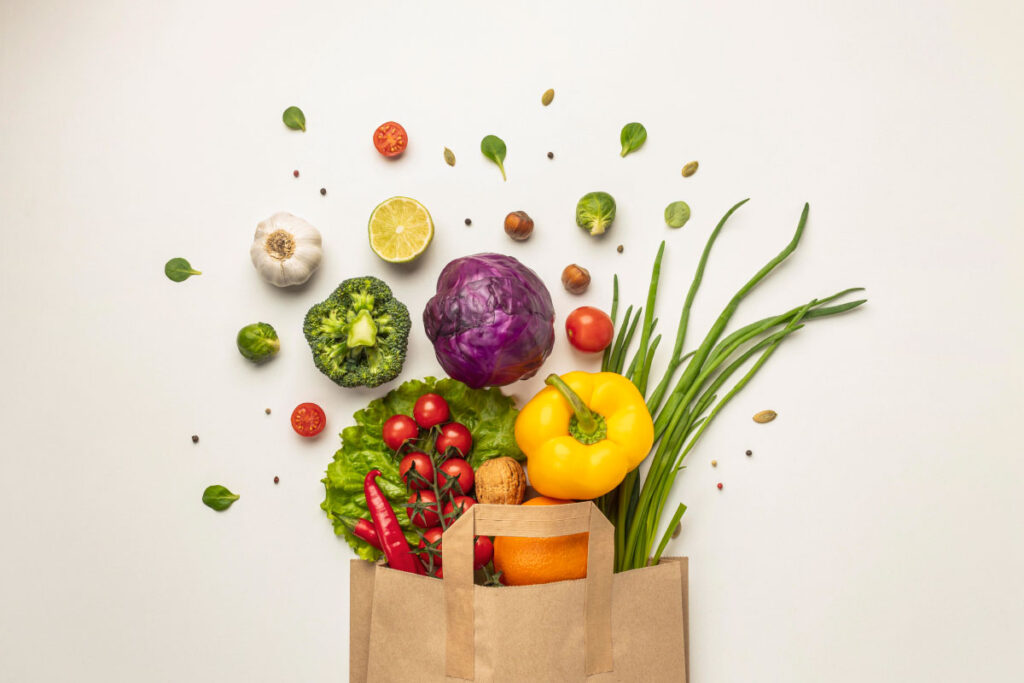
3. Whole Grains for Uric Acid Control
Refined grains like white bread and white rice can cause blood sugar spikes, potentially increasing uric acid levels. Instead, opt for whole grains such as oats, brown rice, and barley, which help maintain stable blood sugar levels and support overall health (Choi et al., 2010).
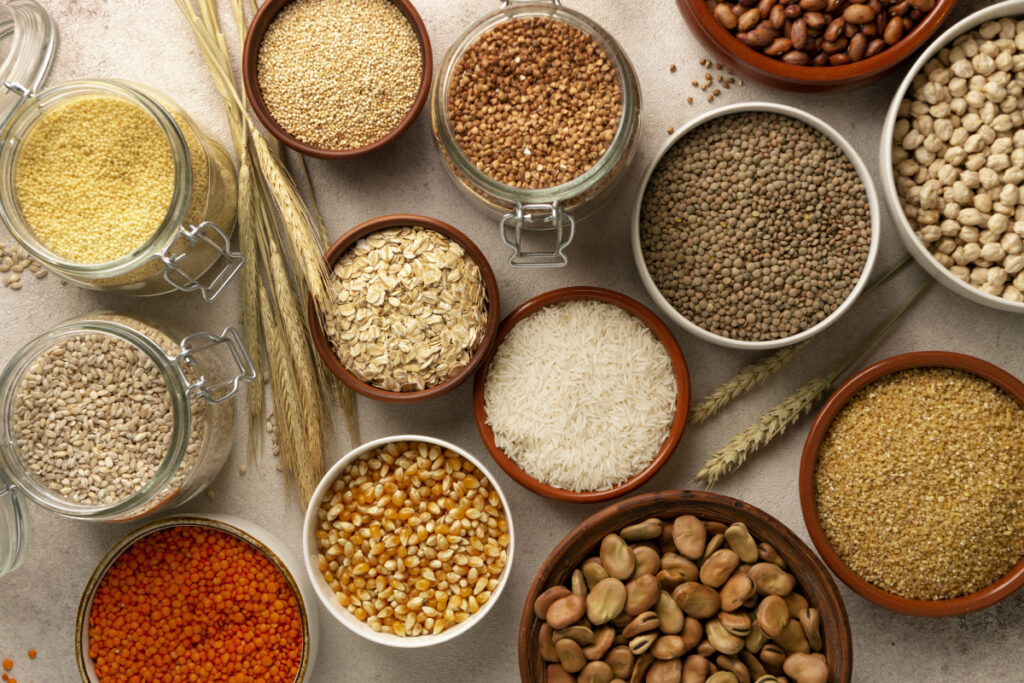
4. Fruits – Especially Cherries
Most fruits are beneficial for gout, but cherries stand out due to their ability to reduce the risk of gout attacks. Cherries contain compounds that lower uric acid levels and reduce inflammation. A study found that consuming cherries significantly reduced the frequency of gout flare-ups (Zhang et al., 2012). Other fruits, such as citrus fruits and berries, are also excellent choices because of their antioxidant properties, which can help fight inflammation.
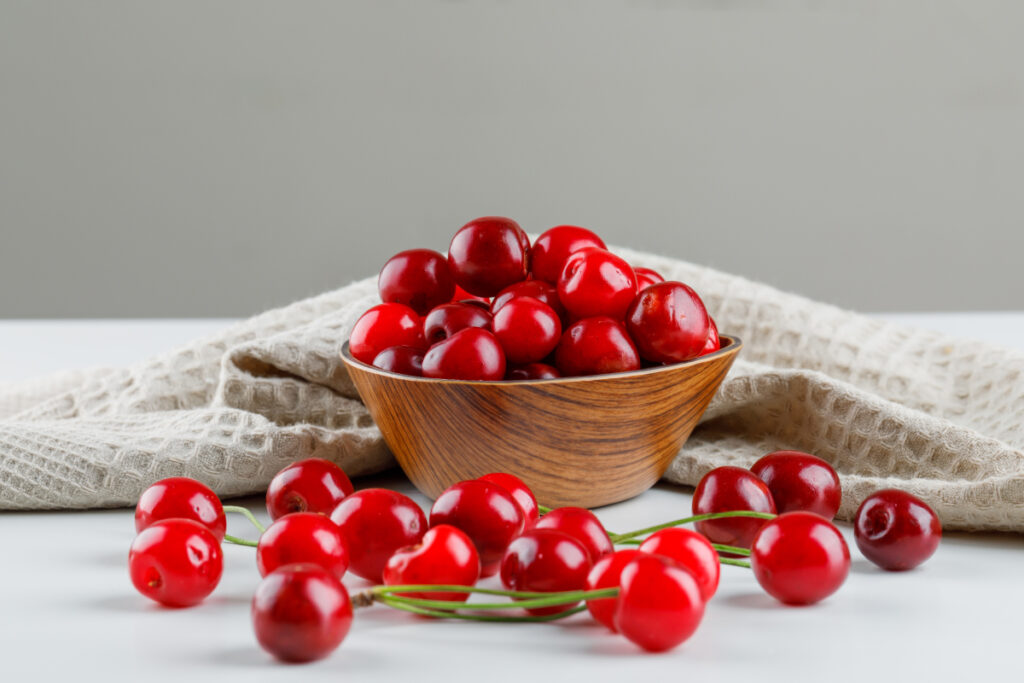
5. Fatty Fish in Moderation
While some types of seafood are high in purines and should be limited, fatty fish such as salmon can be beneficial when eaten in moderation. Salmon is rich in omega-3 fatty acids, which have anti-inflammatory properties that can help reduce joint pain and inflammation (Giacosa et al., 2017). However, it’s important to monitor seafood intake to avoid excessive purine consumption.

6. Stay Hydrated
Proper hydration is crucial for preventing gout flare-ups. Drinking plenty of water helps flush out excess uric acid from the body, reducing the likelihood of painful attacks. Aim to drink at least 8-10 glasses of water per day, and consider incorporating hydrating foods like cucumbers and watermelon into your diet (Roddy et al., 2015).

Final Thoughts
Managing gout doesn’t mean completely eliminating certain foods—it’s about making smart choices and practicing moderation. Incorporating low-fat dairy, vegetables, whole grains, fruits, and moderate amounts of fatty fish into your diet, while staying hydrated, can significantly help in reducing gout symptoms. By maintaining a balanced diet and making mindful food choices, you can effectively manage gout and improve your overall health.
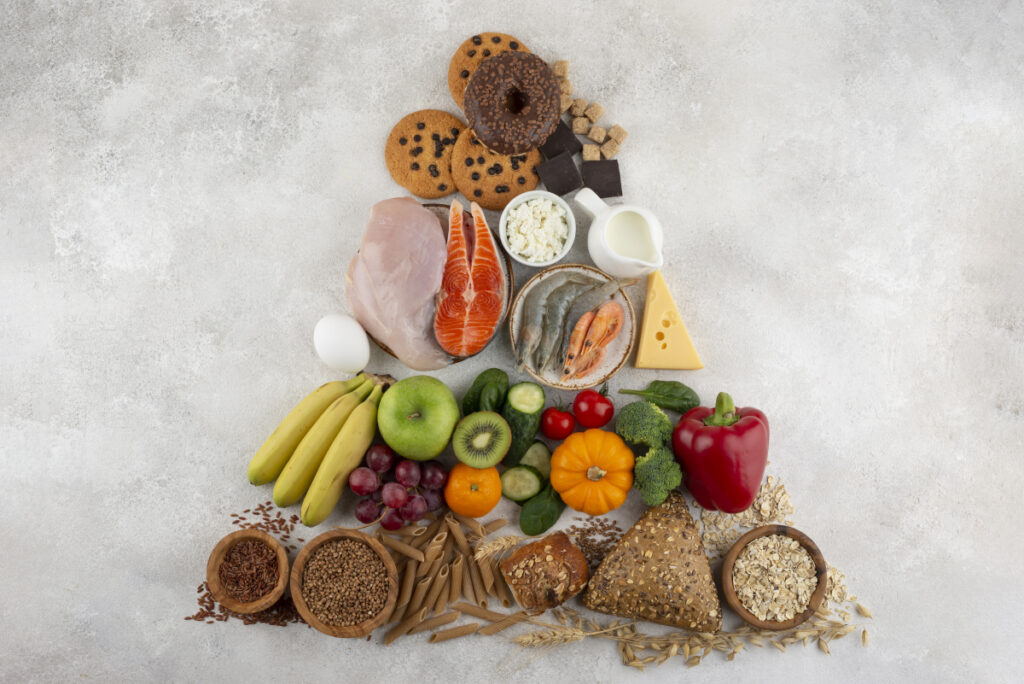
References
Choi, H. K., & Curhan, G. (2010). Soft drinks, fructose consumption, and the risk of gout in men: prospective cohort study. BMJ, 336(7639), 309-312.
- Dalbeth, N., Ames, R., Gamble, G., Horne, A., Wong, S., Kuhn-Sherlock, B., & Reid, I. R. (2017). Effects of dairy intake on hyperuricemia and gout. The American Journal of Clinical Nutrition, 105(6), 1469-1478.
- Giacosa, A., Rondanelli, M., & Castellazzi, A. M. (2017). Omega-3 fatty acids in the prevention and treatment of inflammatory diseases. Nutrients, 9(12), 1284.
- Roddy, E., Zhang, W., & Doherty, M. (2015). Concordance of the American College of Rheumatology and European League Against Rheumatism gout classification criteria. Annals of the Rheumatic Diseases, 74(2), 332-337.
- Zhang, Y., Neogi, T., Chen, C., Chaisson, C., Hunter, D. J., & Choi, H. K. (2012). Cherry consumption and the risk of recurrent gout attacks. Arthritis & Rheumatology, 64(12), 4004-4011.




